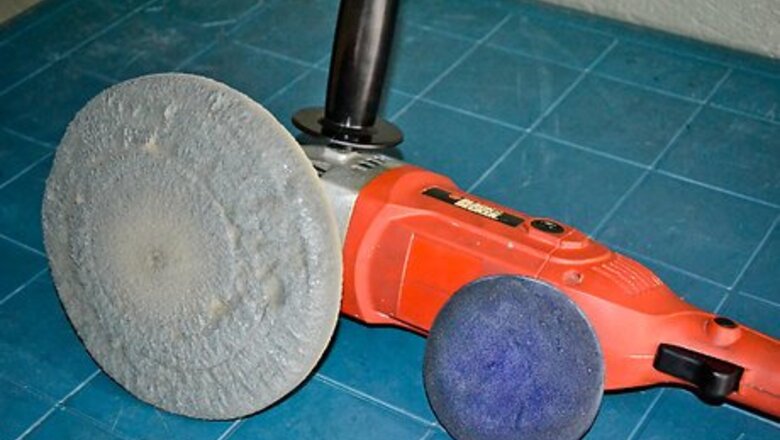
views
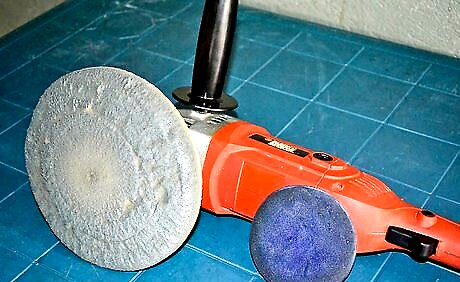
Decide whether you want to use an orbital buffer or hand-polish using a soft cloth. Use an orbital buffer for faster results, but keep in mind that it's more difficult to control the amount of finish that your polish removes. It can also create deep scratches if any dirt or debris comes between the buffer pad and the vehicle. If you use an orbital buffer, use it on the slowest setting available to ensure that you don't remove too much paint from your car. Use a hand-polish technique for greater control. Applying car polish by hand with a soft cloth takes much longer, but gives you greater control over the process. It is also less expensive than an orbital buffer.

Wash your car thoroughly. If there is any dirt or debris on your car, polishing will grind it into the finish. Be sure the car is completely dry before you begin polishing.

Apply the polish to a soft cloth or the pad of your orbital buffer, and rub it in a circular motion on the car. If you're using an orbital buffer, turn it on after you've used the pad to rub some of the polish on the car to prevent splattering. Apply more pressure at the site of the scratch if you're working only on a scratched section of your car. Gradually reduce pressure as you move away from it. This will help the newly polished area blend in with the rest of your car. Work slowly and do 1 small section at a time if you're polishing your entire vehicle. Use plenty of polishing paste, and take care to keep your cloth from drying out.
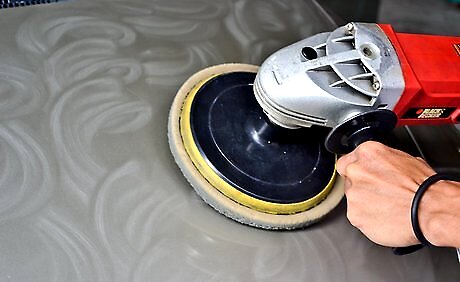
Continue to rub or buff the area in a circular motion until the polish disappears completely. Finish working on 1 area entirely before moving on to the next, so that the polish does not have a chance to dry on your car's finish before you've rubbed or buffed it away.
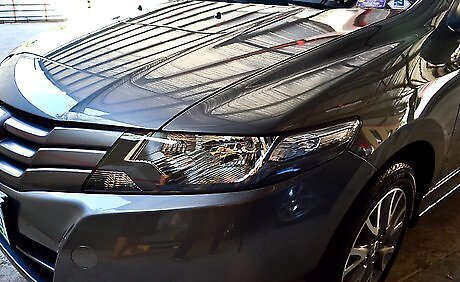
Finished.














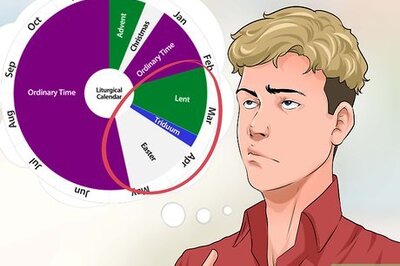



Comments
0 comment